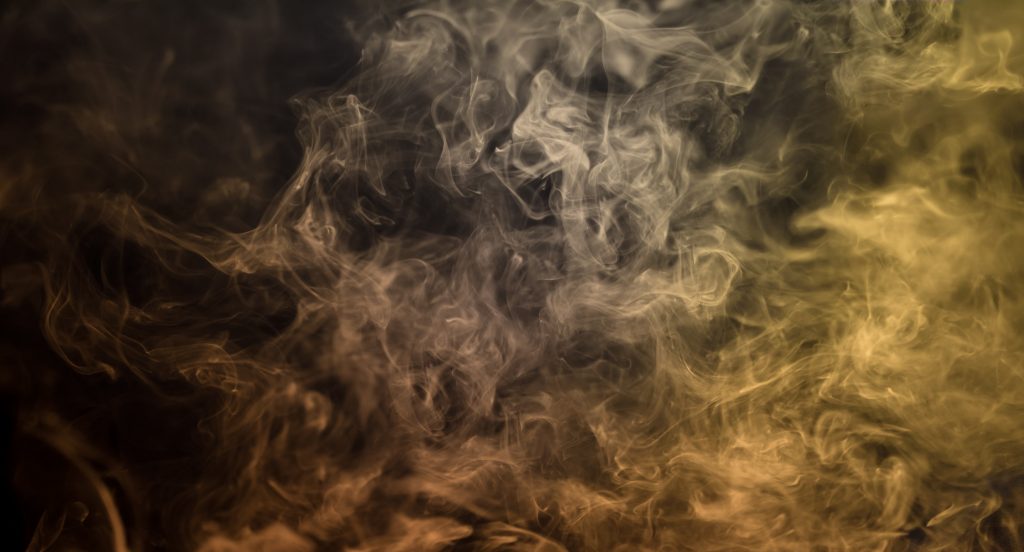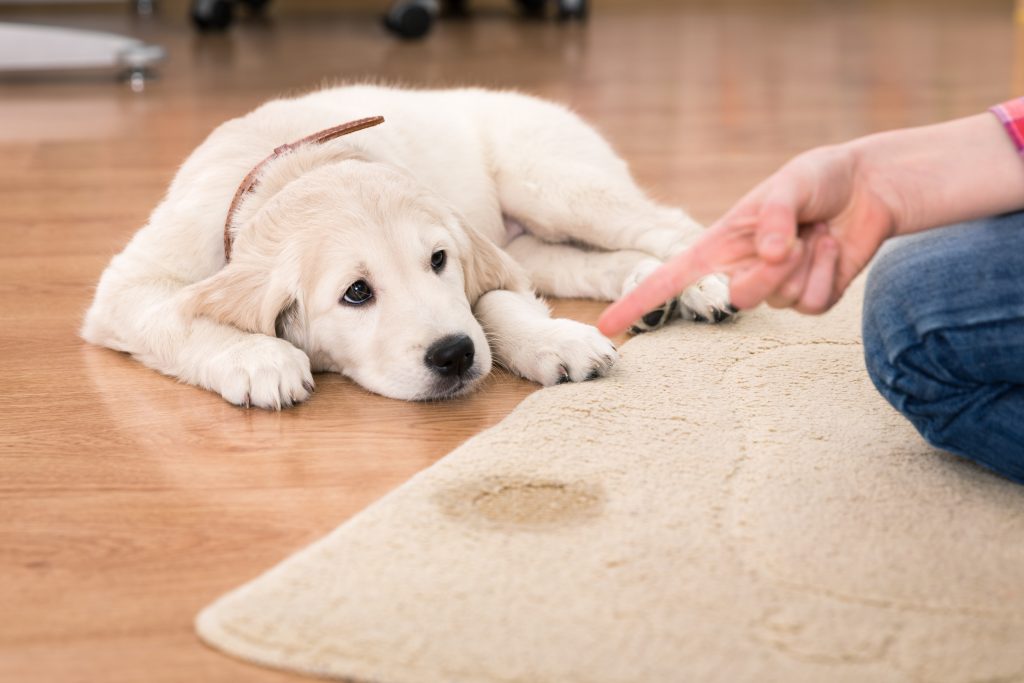
Removing Unwanted Odors from Your Property
The task of removing odors from your home or vehicle can become increasingly difficult, time consuming, and a recurring issue for many residents in Arizona.
Many people will look at the costs associated with professional odor removal and decide that with the right amount of research and hard work they may be able to complete the task themselves.
Unfortunately, the results of one’s hard work may appear promising, but then, often in summer months when it heats up, or during monsoon when humidity increases, the odor becomes noticeable again.
This is when many people begin looking for help with odor issues in attempt to find a more permanent solution.
Find Professional Help for Odor Removal and Remediation
While some more straightforward and smaller odor remediation projects can be accomplished by the homeowner if the right techniques and chemicals are used, more serious projects are effectively accomplished with the help of an odor removal professional.
Below is a basic description of Affinity Bio Solutions odor removal practices to consider when selecting malodor removal professionals in Arizona, as well as some odor removal tips for homeowners, and information on what to avoid.

Our Approach to Resolving Your Odor Issues
Affinity Bio Solutions often adapts the basic principles of odor removal and remediation most commonly used with fire and smoke damage projects and apply them to different situations. We do not usually perform fire and smoke damage work, but variations of these methods can effectively treat pet odor problems, odors associated with decomposition or unattended death, tobacco odor, and many other types of malodor we encounter.
These principles are: remove the source of the odor, clean the source areas, recreate any conditions of penetration, and seal these areas if necessary. Some of the equipment we use to accomplish the homeowner’s goals include air scrubbers, ultra-low volume foggers, thermal foggers, ozone generators, duct cleaning equipment, and other equipment to clean tile or other flooring as needed. This equipment, along with malodor removal products, allows Affinity Bio to penetrate affected surfaces after cleaning and to remove leftover odorants in the air before sealing areas as needed. This is a very basic description of our services, which will be expanded upon in later blog posts but are introduced here to help people make decisions when comparing odor removal professionals in Arizona.
As people consider whether to tackle odor problems in the home themselves, or to reach out for help from an odor removal professional, he or she may first consider severity. If the situation involves the biohazards surrounding a dead body or a hoarder situation, professional help may be required. The amount of time a body was decomposing impacts the extent of remediation. If the whole home is affected by odor, there is excessive clutter present, or there appears to be extensive damage caused by the odor source, it is often best to call a restoration or odor removal company. If the homeowner believes the project can be completed without help, such as some homeowners try with tobacco odors, thoroughly completing steps one and two before moving on is always beneficial.
Some odorants can be relatively harmless but can become irritants if combined with other co-pollutants, such as dust, while others may be harmful themselves, especially for people with any type of respiratory or immune system issues. This makes source removal and cleaning the most important steps in not only removing the odor, but in reducing negative impacts on resident health.
Step 1: Remove the Source of the Odor
When removing the source of the odor, be sure to wear all necessary personal protective equipment (PPE), identify items that cannot be salvaged, and make sure that any affected items are disposed of safely. With issues such as pet odor, carpeting may not be salvageable, especially if pet urine has made its way through the carpet and pad to the subfloor, so removal of these and other porous items that cannot be cleaned easily is usually necessary.
Step 2: Clean the Area With Vacuuming & Ventilation
When all source items and clutter are removed, dust and debris that can hold the odor should also be removed. Using a HEPA vacuum so the contaminants do not circulate in the air is the preferred method, but if one is not available, taking steps to introduce good ventilation and wearing PPE will help reduce problems here. After these items are out of the home, one can reassess and see where to begin with cleaning, or whether any materials such as subflooring or drywall should be removed. Depending on the type of subfloor, odor removal can be quite difficult, and drywall that is compromised or saturated should not be cleaned and sealed, it will need to be replaced.

Step 3: Select Cleaning Products With Care To Clean and Remedy the Underlying Penetration
What is used to clean the affected areas can depend on the type of odor and surface, for pet urine, especially from cats, one should not apply bleach, as it reacts with ammonia and creates a harmful gas. There are several products containing enzymes that work quite well with pet odors one can often buy locally from pet supply stores. Although some recommend using vinegar for pet urine, several customers who followed this advice before have suggested their animals returned to these areas to mark them more often. Thorough treatment is necessary to remove urine salts, as these will attract moisture after cleaning and begin to produce odor again.
Some products containing enzymes also work quite well for tobacco odor and stain removal, but these enzymes are different from those applied to pet and protein odors, so it is always best to use products for the specific odor at hand. To clean tobacco stains and odors from walls without access to commercial products, one can use a light degreaser to help break down the tar and oils or TSP that can be purchased at a hardware store mixed with water. Always be cautious of run off and cover areas that should be kept clean with plastic to avoid staining or affecting other areas.
Use and Overuse of Masking Agents and Counteractants
It is also important for residents to understand the differences between certain products and how to apply them. Masking agents are typically used to cover up a smell by acting in similar ways to general air fresheners people have at home. One common mistake made by homeowners and companies that may not be experienced in odor removal is their overuse. Using these products after cleaning or even without cleaning may appear to help, but the malodor will return to the environment once its effects dissipate. This is not to say they should not be used at all; they are appropriate when used in conjunction with other products.
Odor counteractants, as their name would suggest, tend to accomplish more than masking agents as they work to counteract odors in the home instead of just covering them up. Odor counteractants do however, take longer to work, so masking agents are often used alongside them to create a more pleasant surrounding for the homeowner until the counteractant has had time to remove odor from the environment.
Commercial-Grade Products Used by Affinity Bio Solutions
Most odor removal products Affinity Bio Solutions use are made by Prorestore, who manufactures many effective commercial grade odor chemicals that can be applied to specific situations such as pet urine odors, tobacco odors, and odors encountered at trauma scenes, as well as many others. Many of these products contain both counteractants, surfactants, and enzymes which is helpful in incorporating the first two steps of the odor removal process. Finding the right product for your odor remediation project will often save time and money, as well as yield more positive results.
Affinity Bio Solutions often involves equipment such as foggers, ozone, generators, and air scrubbers to accomplish the third step of recreating the conditions of penetration. Without this equipment, this step would be quite difficult for homeowners, but finding effective counteractants and cleaning agents, increasing ventilation, and realizing when specialized services like vent cleaning are required may be enough.
Step 4: Sealing the Affected Area to Complete the Remediation
The fourth step of the odor remediation process requires sealing affected areas if necessary. Be cautious not to seal any affected areas that have not been properly cleaned, covering up odor is never a good idea because it tends to just return. With pet damage and tobacco odors it is often beneficial to paint the entire room, often with something like a heavy primer containing a stain blocker before repainting if the damage is serious enough. If this is not possible, one may consider increasing the amount of ventilation, vacating the property for a day, then returning in an attempt to find the most heavily impacted areas and sealing those.
If any of the final steps do not work well, be patient, sometimes odorants may remain in the air after cleaning. Odor removal professionals often combat this with air scrubbing equipment, but homeowners doing the work themselves will need to rely more on ventilation. If the odor problem continues to persist, call a professional odor removal company like Affinity Bio Solutions and ask for advice and to set up an appointment to take a look at your property.

